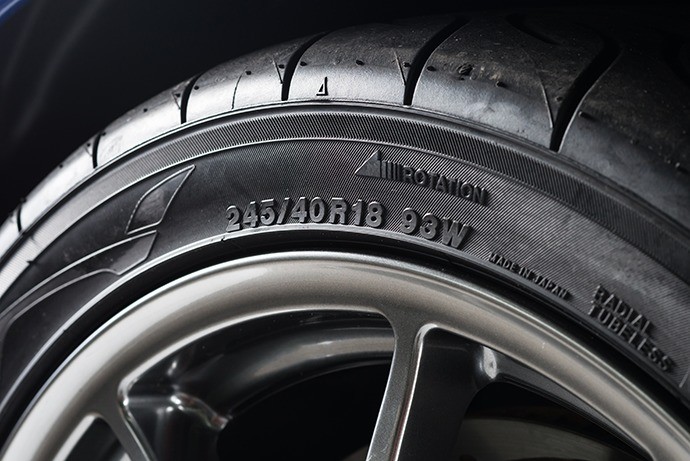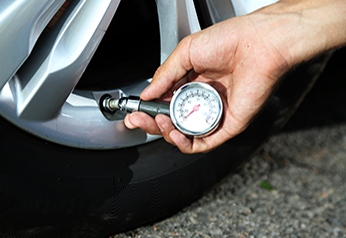
Tyre Ratings
To understand the size, dimensions and limitations of your tyre you have to refer to an alphanumeric tyre code molded into the sidewall rubber of your tyre. This coding system has been extended over the years with ratings for properties like traction, treadwear, and temperature resistance for example.
Extra ratings in the US and Europe
In the case of the US, these newer rating schemes have become known as The Uniform Tyre Quality Grade, (UTQG), ratings. These US ratings are for Treadwear, Traction and Temperature Resistance, while in Europe there is another set of ratings.
‘The Tyre and Rim Association’, (TRA), is the US trade organization that standardizes tyres across the US.
The ratings in Europe are for ‘fuel efficiency/rolling resistance’, ‘wet grip/braking performance’, ‘noise emission/exterior noise’. An A to G grading system is applied to the Fuel Efficiency and Wet Grip ratings, with an A being the highest score. As for the Noise rating it is graded by a decibel reading.
‘The European Tyre and Rim Technical Organisation’, (ETRTO), is the institution that standardizes tyres across the nations of Europe.
Australian Ratings
The ratings that are international however are the Speed Rating and Load Index rating. So although Australia imports tyres that can be marked with European and US ratings systems, Australian tyres only have speed ratings and load indexes in addition to their standard tyre code.
In Australia the Body that standardizes tyres across the nation is the The Tyre and Rim Association of Australia, (TRAA).
Understanding the Tyre Code first

1st Measurement: Letter
This code is established by the ‘International Organisation of Standardisation’, (IOS). The tyre code usually begins with a letter denoting the vehicle class the tyre is suited to.
- P: Passenger Car
- LT: Light Truck
- ST: Special Trailer
- T: Temporary (restricted usage for ‘space-saver’ spare wheels)
2nd Measurement: 3-digit number
This is the measure of the width of the tyre in millimeters. It is measured from both the outer edges of each sidewall of a tyre. So, it is not just the width of the footprint of the tyre.
A slash, (/), character appears to separate the second measurement from the third.
3rd Measurement: 2 to 3-digit number
The ‘aspect ratio’ of the sidewall height is a percentage of the width of the tyre. If the information is omitted, it is assumed to be 82%.
An optional letter indicates the construction of the carcass fabric:
- B: bias belt (where the sidewalls are the same material as the tread, leading to a rigid ride)
- D: diagonal
- R: radial
- if omitted, then it is a cross-ply tyre
4th Measurement: 1 to 2-digit number
This measurement is of the diameter of the wheel that the tyre is designed to fit. The diameter is measured in inches. Though there is also the rare exception of metric-diameter tyres which are again in millimetres. The size of the wheel diameter is not strictly restricted to whole inch measurements either, as there are standard truck wheel diameters of 22.5 inches.
5th Measurement: 2 to 3-digit number
This is the Load Index rating. This rating determines the load capacity or maximum weight a tyre can carry.

6th Measurement: 1 to 2-digit/letter combination
This is the Speed Rating. This rating determines the maximum speed tolerance of the tyre.




